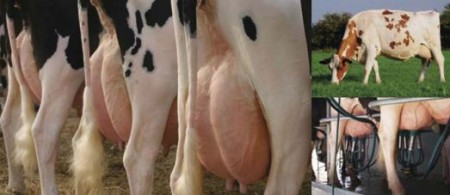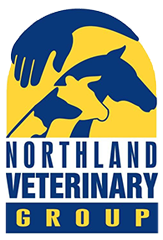 Some strategies that can help reduce environmental mastitis are:
Some strategies that can help reduce environmental mastitis are:
- Teat Spraying – all quarters, every milking, all season. Cover the whole teat barrel with spray, soon after cup removal using 20 ml / cow / milking & leave a small droplet on the teat end. (Massively reduces ALL types of mastitis)
- In very wet, muddy conditions, increase the concentration of the teat spray and add more emollient if teats are rough and dry.
- Check periodically that the spray is landing where it should!
- Remove calves from cows soon after calving. A cow calving at night, should get milked in the morning milking, if in the day, she should be milked that night.
- Try and have cows calving in clean conditions – no easy mission in Northland at the best of times, nearly impossible now!!
- Put newly calved cows into the break ahead of the mob until next milking.
- Ensure race areas approaching the shed, stand-off & feed pads are well drained and as clean as possible.
- Run the springer’s through the shed daily & teat-spray them if you are having big problems.
Heifer Mastitis: to treat or not to treat?
Mastitis in heifers can affect their lifetime production by damaging the udder before it has fully formed, so it is important to treat early to avoid long-term losses.
While in the colostrum mob, NZ research found that heifers that give a rapid mastitis test positive on the THIRD day in the mob are very likely to develop mastitis from a major pathogen, whereas those on day one and two are usually minor pathogens causing little damage, and self cure. Moral: treat any heifer that is paddle positive on day 3 in the colostrum mob.
If the quarter is hot and swollen, or the heifer sick with mastitis before then, also treat them aggressively.
Gradebuster
If you are grading for mastitis, we offer a “Gradebuster” service, where we will come out to a milking, Rapid mastitis test the herd and pull enough cows out to stop the grading. We regard this situation as an emergency.
We then develop a strategy with the farm to manage the cell counts in the short term and find and remedy the underlying causes to ensure the problem is controlled in the medium and long term.
Milk Sampling
Get milk samples from all mastitis cows BEFORE treatment. Thoroughly clean and scrub the teat end with methylated spirit-soaked cotton wool prior to sampling. Discard several squirts onto the concrete then several into a sterile sample bottle (available from the Clinic).
Label the bottle with Cow ID and which ¼ and pop it in the freezer. When you have a number of samples drop them in to the clinic to get cultures and sensitivities done (not on a Friday, or they spend the weekend in the Courier depot un-refrigerated!).
This information can be used if you have a major mastitis problem at a later date, and to help select an appropriate antibiotic if the one you were using is not giving good results.
We can train you or your staff on sample collection technique if required.

